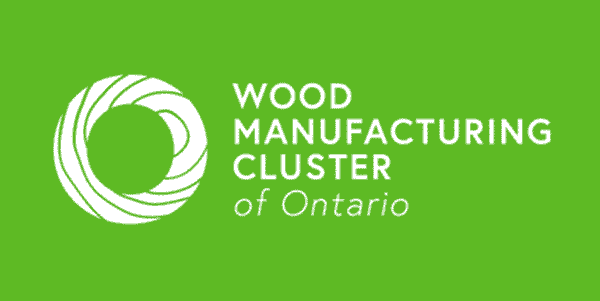Written by: Dan Savvidis Commercial Account Executive, Cowan Financial Solutions
In a recent survey of consumers and brokers conducted by Allianz Canada, Business Interruption (BI) was named as one of the most important risks for businesses. In the same survey done globally, BI has placed first for the second year in a row.
Interruption?
The insurance definition is simple and concise. BI is “loss as a result of an event that interrupts the operations of a business”. Events such as mechanical breakdown, cyber incidents, fire and flood can result in business closure for many months, and sometimes longer than a year, as market trends have shown.
Identifying Loss Exposures
Identifying your businesses exposures to loss is a key element in choosing the right coverage to cover the risk. In the wood manufacturing industry, you face multiple exposures that could result in long term BI losses.
In our present day Internet of Things (IoT) connectivity, software running CNC machines can be compromised by a distributed denial of service attack (DDoS) with a ransom request; either pay the ransom or your systems will be inoperable. This type of cyber breach is becoming very common. In a survey conducted by PwC Canada in 2016, cyber security breaches increased 160% year over year, with many more unreported. The upcoming changes to the Canadian Personal Information.
Protection and Electronic Documents Act (PIPEDA) will undoubtedly increase the reported cases, as it will be the responsibility of the businesses to report all breaches, or face fines of up to $100,000.
The risk of fire losses are also a major concern of wood manufacturers. Saw dust has a highly ignitable nature and can spread fire at an incredible rate. Facilities with fully equipped sprinkler systems have an advantage in preventing further loss to property; however, sprinkler systems are designed to contain a fire within specific zones in the building. Saw dust’s fast rate of fire spread will activate the sprinkler system in multiple zones, which dramatically reduces the water pressure and limits the ability to contain the fire. A total loss to property is almost inevitable in this type of situation.
25% of companies, at a minimum, never reopen after suffering a catastrophic loss
50% close within two years
Catastrophic Effects of BI
So what do these losses mean to your business? To your suppliers? To your customers? Insurance companies have been compiling data on the effects of catastrophic losses to businesses, and the numbers are staggering.
Varying studies have been conducted and shown that 25% of companies, at a minimum, never reopen after suffering a catastrophic loss, and 50% close within two years. The financial strain is tremendous on a company, as the cost to pay fixed and semi-fixed expenses continue with little or no revenue being generated.
Your customers and suppliers are left without the product your company is contractually obligated to deliver. The inability to deliver product agreed upon has often lead to legal proceedings, which puts further stain on the company’s reserves. Reputational risk is also a factor in the above stated closures. Your clients and suppliers, who once depended on your services, will lose trust in your company that may have been built over many years of service, and will quickly find a replacement. The damage can be irreparable.
“A Goal without a Plan is Just a Wish”
With the end goal of getting your business back up and running quickly, properly managing your company’s exposure to BI losses is essential to a quick recovery. Ensuring the proper insurance coverage is in place can help make that goal a reality.
Costs to replace equipment, computer systems and office equipment, renting of temporary premises, paying existing leases, employee wages and over-time to deliver on contractual obligations are a few examples of the impact BI insurance coverage can have in the event of a catastrophic loss to your company.
Developing a disaster recovery plan is also a key component to minimizing the effects of BI losses. Compiling a list of equipment and suppliers, computers, backing up data, and having an employee disaster response plan will assist with identifying key components required to get your company back in business, and reduces panic and uncertainty.
You can also minimize risk in advance by properly maintaining your premises, particularly the amount of loose saw dust in the plant. Ensuring the dust collection systems are working properly and are MOL compliant can prevent plant shut downs. Training employees in fire safety and installing fire extinguishers helps prevent a small fire from becoming a big one. Modernizing the electrical systems can prevent electrical arcs and brown outs, which have been major contributors to machinery and equipment fires.
Taking the necessary precautions to protect your business and employees from a loss that interrupts operations is critical to the longevity of your business. If you need assistance identifying hazards, assessing risk and learning how to develop a disaster recovery plan, please contact me.
Dan Savvidis
Commercial Account Executive
T: 519-442-6337 or 1-888-559-4446 ext. 45036
C: 519-588-3269 F: 519-442-7549
dan.savvidis@cowangroup.ca







Comments are closed.